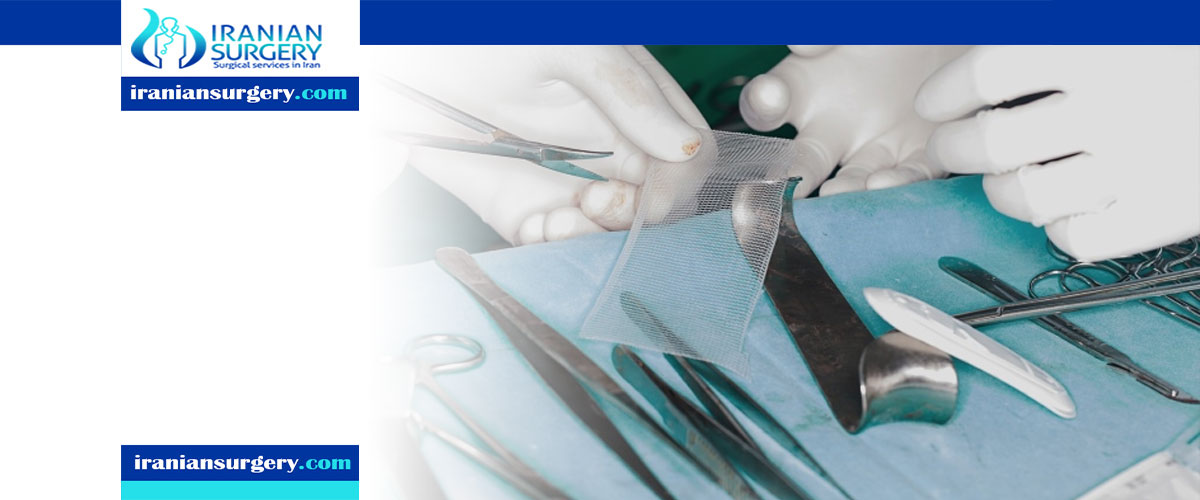Is hernia surgery painful

During Hiatal Hernia Surgery
Treatment
Most people with a hiatal hernia don't experience any signs or symptoms and won't need treatment. If you experience signs and symptoms, such as recurrent heartburn and acid reflux, you may need medication or surgery.
Medications
If you experience heartburn and acid reflux, your doctor may recommend:
. Antacids that neutralize stomach acid. Antacids, such as Mylanta, Rolaids and Tums, may provide quick relief. Overuse of some antacids can cause side effects, such as diarrhea or sometimes kidney problems.
. Medications to reduce acid production. These medications — known as H-2-receptor blockers — include cimetidine (Tagamet HB), famotidine (Pepcid AC) and nizatidine (Axid AR). Stronger versions are available by prescription.
. Medications that block acid production and heal the esophagus. These medications — known as proton pump inhibitors — are stronger acid blockers than H-2-receptor blockers and allow time for damaged esophageal tissue to heal. Over-the-counter proton pump inhibitors include lansoprazole (Prevacid 24HR) and omeprazole (Prilosec, Zegerid). Stronger versions are available in prescription form.
Surgery
There are three types of surgery for a hiatal hernia: Nissen fundoplication (keyhole surgery), open repairs, and endoluminal fundoplication. All three procedures require a general anesthetic.
. Nissen fundoplication
A Nissen fundoplication is the most commonly performed surgery for a hiatal hernia. This procedure uses laparoscopic repair or keyhole surgery. This surgery is minimally invasive and only requires the surgeon to make a few tiny incisions in the abdomen.
The surgeon inserts a laparoscope, which is a thin tube with a light and a camera, into the abdomen to repair the hernia. The surgeon may also tighten the stomach opening to prevent the hernia from coming back.
Laparoscopic repair has some advantages over other types of hiatal hernia surgery. These include:
. Less risk of infection
. Less painful
. Reduced scarring
. Less time in the hospital
. Recovery is usually quicker
. Open surgery
Open surgery involves making a larger incision in the abdomen so that the surgeon can fix the hernia. This procedure carries more risks than laparoscopic repair.
A surgeon will pull the stomach back up into the abdominal cavity and wrap the upper portion, called the fundus, around the lower part of the food pipe. This creates a tight sphincter which stops the stomach acid from leaking up into the food pipe (reflux).
Sometimes, the surgeon may need to insert a tube to keep the stomach in place. The doctor will remove the tube after several weeks.
. Endoluminal fundoplication
This procedure is relatively new and is even less invasive than laparoscopic repair, though it is not commonly used. The surgeon does not need to make any incisions. Instead, they place an endoscope (a tube with a light and camera) down the throat and into the food pipe.
The surgeon tightens the area where the stomach and esophagus join to prevent reflux.
However, this treatment may have its limitations. According to an interview published in the journal Gastroenterology and Hepatology in 2015, the endoluminal devices developed to date are not entirely reliable, and many people experience their symptoms coming back.
Home treatments
Some people can experience relief from reflux by making the following lifestyle changes:
. Losing weight if overweight
. Eating five to six small meals daily rather than three large ones
. Avoiding foods that cause acid reflux, including fried foods, acidic foods, alcohol, and caffeine.
. Eating the last meal of the day at least 3 hours before bedtime
. Quitting smoking
. Raising the head of the bed by 6 inches to prevent acid rising during sleep
. Wearing loose-fitting clothing to prevent pressure on the abdomen

